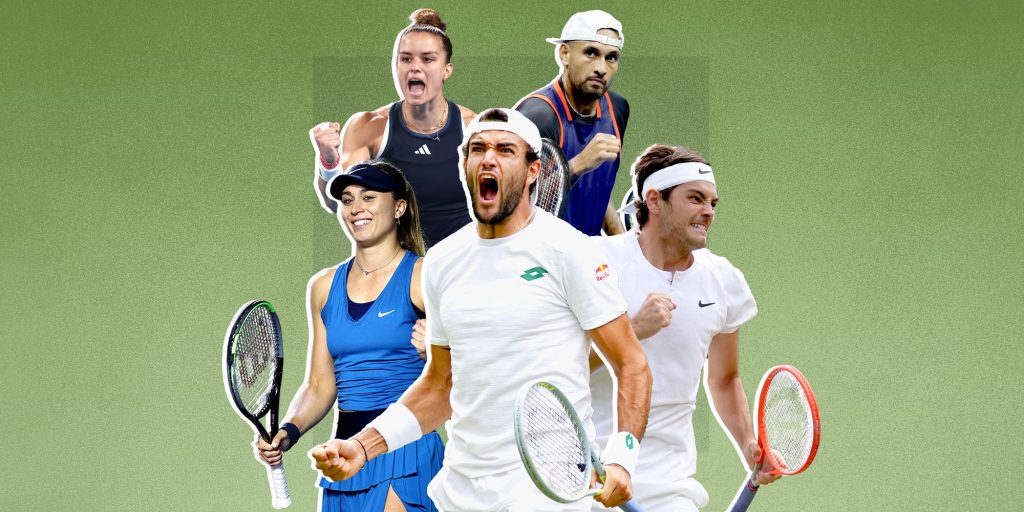The inward round of tennis is vital to your prosperity. Timothy Gallwey composed the Inward Round of Tennis quite a while back and it was a notable book at that point. You ought to peruse the internal round of tennis in the event that you have not. Tim says that players should accomplish ability dominance first, and that implies you should gain proficiency with the basics of your game. At the point when you play your best tennis, he would agree that your brain hushes up with no impedance brought about by self-analysis or over-investigation, for example, keep your eyes ready or curve your knees. The inward round of tennis hypothesis expresses that two contradicting attitudes fight for matchless quality. A very tennis mind permits your exhibition to move from innovativeness. Nonetheless, when your tennis mind is overactive, you force your game.

Gallwey summarizes his hypothesis the inward round of tennis:
Self One: The teller tennis mind loaded up with self-decisions HawaiiTennis and analysis. This mentality needs to over-control your presentation.
Self Two: The practitioner mentality is the best attitude for max operation in tennis and happens when you are free and respond with your game. This mentality permits you to allow it to work out.
Gallwey’s objective was to assist understudies with halting the assault of self one so self two can be allowed to openly hit shots. He involved a model in The Internal Round of Tennis. He would have his understudies rehash prompt words, for example, back-hit to suspend the difficult or scientific psyche self 1 so the imaginative brain self 2 could finish the work without limitations.
Tim Gallwey
Most tennis players will play out their absolute best when the psyche hushes up not overactive and centered. You will both succeed in this attitude and have some good times. We apply the Internal Round of Tennis standards with my understudies. We show our understudies two significant outlooks: a learning mentality and an exhibition mentality. At the point when in a learning or practice outlook, you are attempting to work on your strokes, which is important to work on your game. Here is one major issue with this mentality: stickler tennis players get stuck in the training outlook and fall head over heels for consummating their strategy.
At the point when you are playing with a trusting or execution outlook, you permit your abilities to occur naturally founded on what you have realized by and by. The exhibition attitude is the calm brain that Gallwey discusses as self 2, which permits you to instinctually perform. While playing in the believing mode, your exhibition is on programmed pilot. With your inward round of tennis during competitions, the remove illustration is you need to play in the presentation mentality. Try not to get caught by the training mentality during tennis matches. You will invest more energy instructing yourself and examining your strokes, which will dial you back on the court. You need to have a decent harmony between the exhibition and practice mentalities to set the establishment for a decent internal round of tennis.